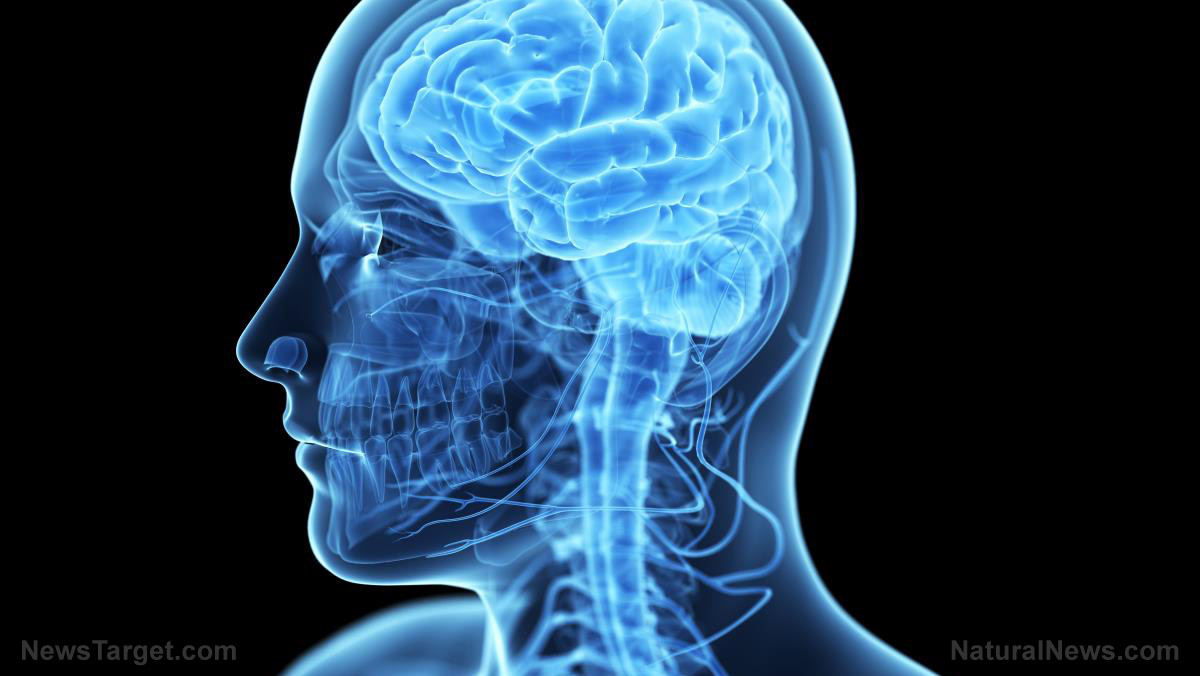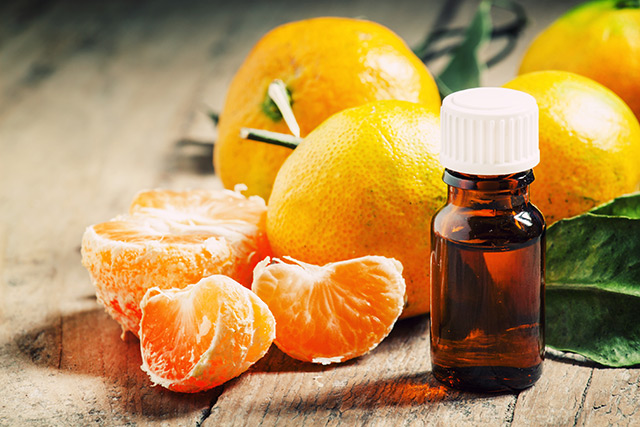Milk: The world’s most overrated food
10/21/2015 / By Julie Wilson

For a long time, the propaganda of the dairy industry was hammered into our heads: Better drink your milk or you won’t have strong bones! However, new research suggests the opposite, arguing that we’re actually better off consuming less dairy.
Those that have mustered up enough strength to quit dairy always emerge with magical tales, describing how beautiful their complexions are or how their hair is shinier and softer; some even report their sinuses clearing up, while others say they’ve got more energy.
So is dairy really all that unhealthy? The experts say, yes.
In his book titled Don’t Drink Your Milk! Frightening Medical Facts about the World’s Most Overrated Nutrient, Frank A. Oski cautions that milk and other dairy products can be very harmful to your health, even going as far to say that dairy is “the world’s most overrated nutrient.”
Oski wrote:
Being against cow milk is equated with being un-American. It is easy to understand this view, which is inspired mainly by the advertising practices and political pressure of the American dairy industry. For many of us, our earliest memories of childhood include our mother’s plea, “Hurry up and finish your milk!”
This advertising has been remarkably successful. One dollar of every seven spent for food in the United States goes for the purchase of milk and milk products. Each person in this country consumes, on the average, 375 pounds of dairy products each year.
Often suffer from bloating and cramps? Milk could be to blame
The fact is: the drinking of cow milk has been linked to iron-deficiency anemia in infants and children; it has been named as the cause of cramps and diarrhea in much of the world’s population, and the cause of multiple forms of allergy as well; and the possibility has been raised that it may play a central role in the origins of atherosclerosis and heart attacks. …
Mother Nature's micronutrient secret: Organic Broccoli Sprout Capsules now available, delivering 280mg of high-density nutrition, including the extraordinary "sulforaphane" and "glucosinolate" nutrients found only in cruciferous healing foods. Every lot laboratory tested. See availability here.
In general, most animals are exclusively breast-fed until they have tripled their birth weight, which in human infants occurs around the age of one year. In no mammalian species, except for the human (and the domestic cat), is milk consumption continued after the weaning period. Calves thrive on cow milk. Cow milk is for calves.
In many other parts of the world, most particularly in East Asia, Africa, and South America, people regard cow milk as unfit for consumption by adult human beings. If we are to judge by general mammalian standards their tastes are not peculiar; Americans’ and Europeans’ tastes are. Despite our notions, it is not the Chinese and Africans who differ most markedly from the norms of nature.
Cow milk, like all milks, contains three basic ingredients – sugar, fat, and protein. These three substances are suspended in water that also contains a variety of minerals and vitamins. Each of the three basic ingredients of cow milk has now come under scrutiny as a cause of problems in human nutrition.
‘What is lactose intolerance and what is its relationship to cow milk?’
Lactose is the sugar in milk. It is the only sugar, also termed carbohydrate, present in milk. …
This sugar is formed only by the cells of the lactating mammary gland; thus no other food except mammalian milk contains lactose.
The only mammals that do not have lactose – or any other carbohydrate in their milk – are seals, sea lions, and walruses. …
Lactase is the enzyme that breaks down the lactose in milk and milk products. … Lactase activity first appears in the intestinal tract of infants during the last third of pregnancy and is at its height shortly after birth.
According to Oski, two things happen when undigested lactose reaches the colon:
First the lactose is acted upon by the bacteria that normally inhabit the colon. They ferment the lactose and convert it to a gas, carbon dioxide, and to an acid, lactic acid.
The lactose molecules also cause water to be drawn into the intestinal tract by a process of osmosis. As a result, more gas and water are present in the colon. This combination produces a sense of bloating and also results in belching, the passage of gas from the rectum, cramps, and may induce a watery diarrhea.
Beginning to doubt the benefits of milk, researchers later discovered “that 15 percent of all whites and 70 percent of all blacks tested were unable to digest lactose. … [F]ar more people are unable to digest lactose than those who are,” wrote Oski, who added:
Sometime between the age of one and a half and four years most individuals gradually lose the lactase activity in their small intestine. This appears to be a normal process that accompanies maturation. It occurs in most mammals shortly after they are weaned. Humans behave just like other animals in this regard.
Additional sources:
Tagged Under: dairy, food allergy, lactase, Lactose, lactose intolerance, lactose intolerant, milk, nutrition




















